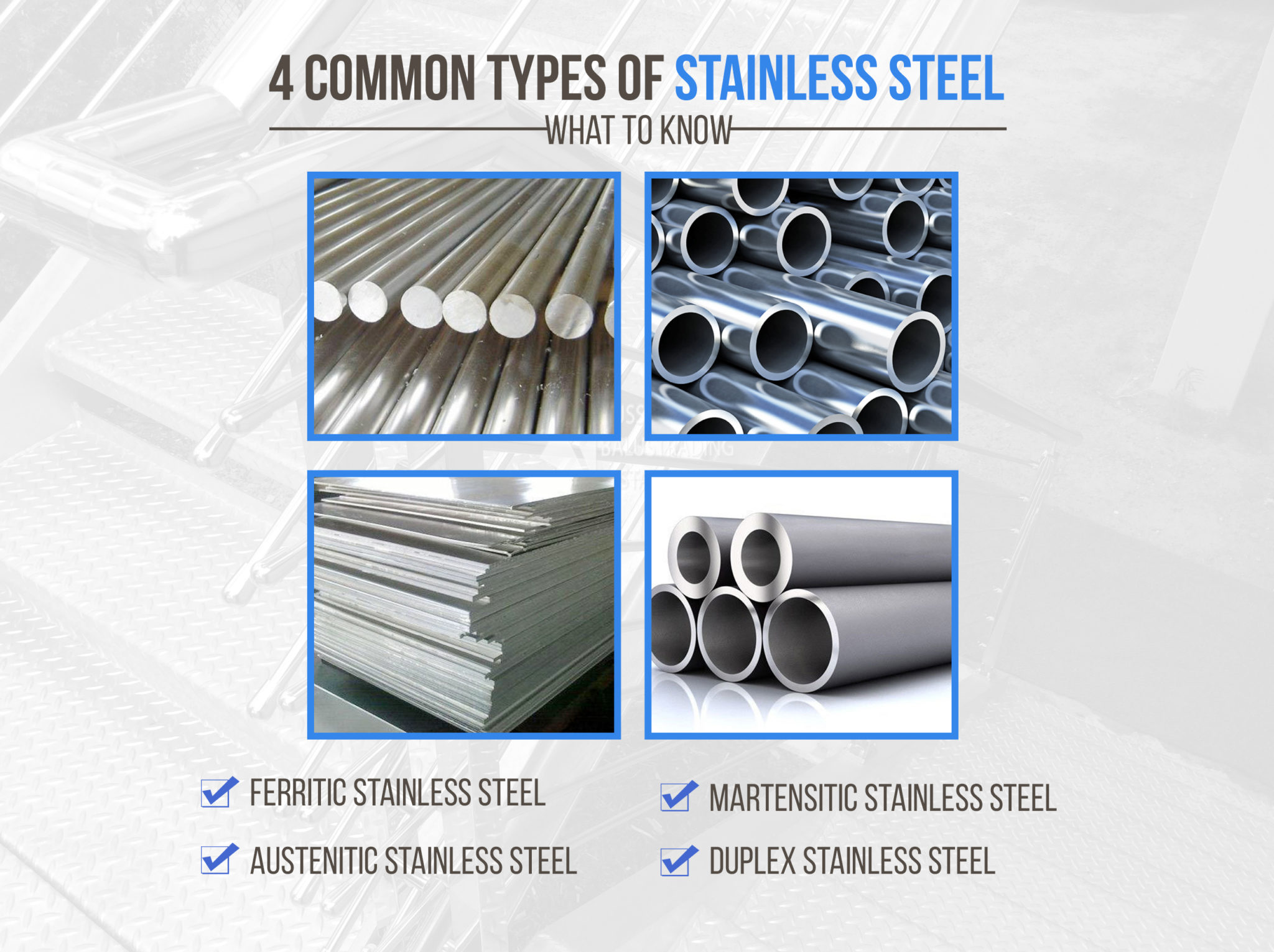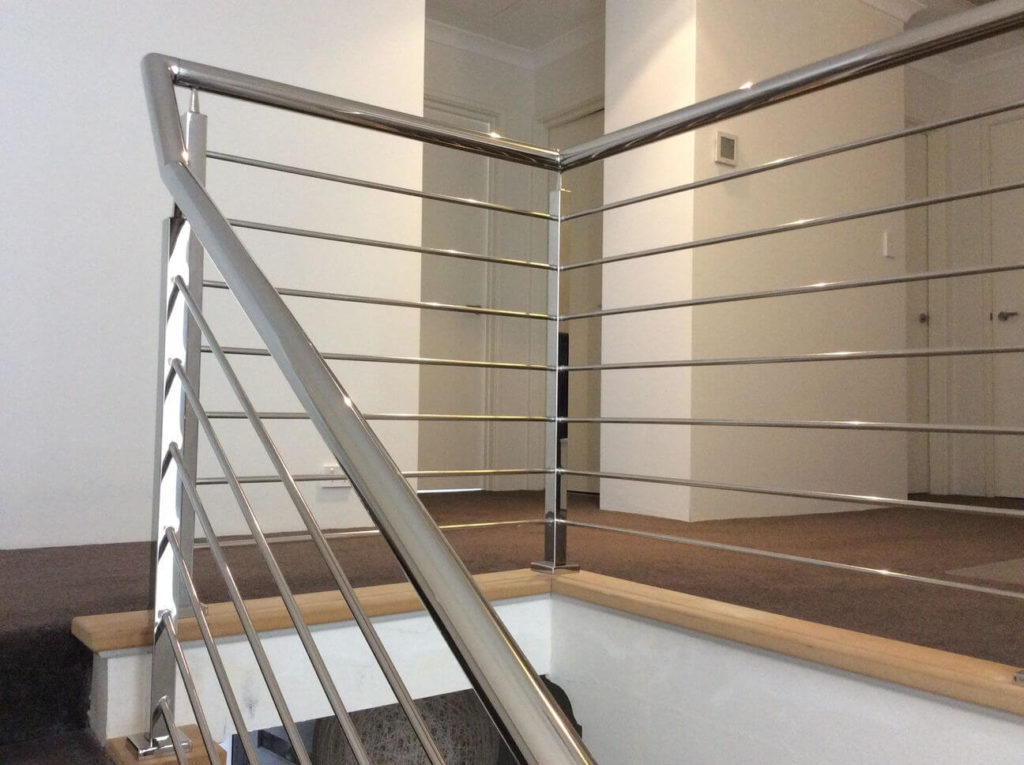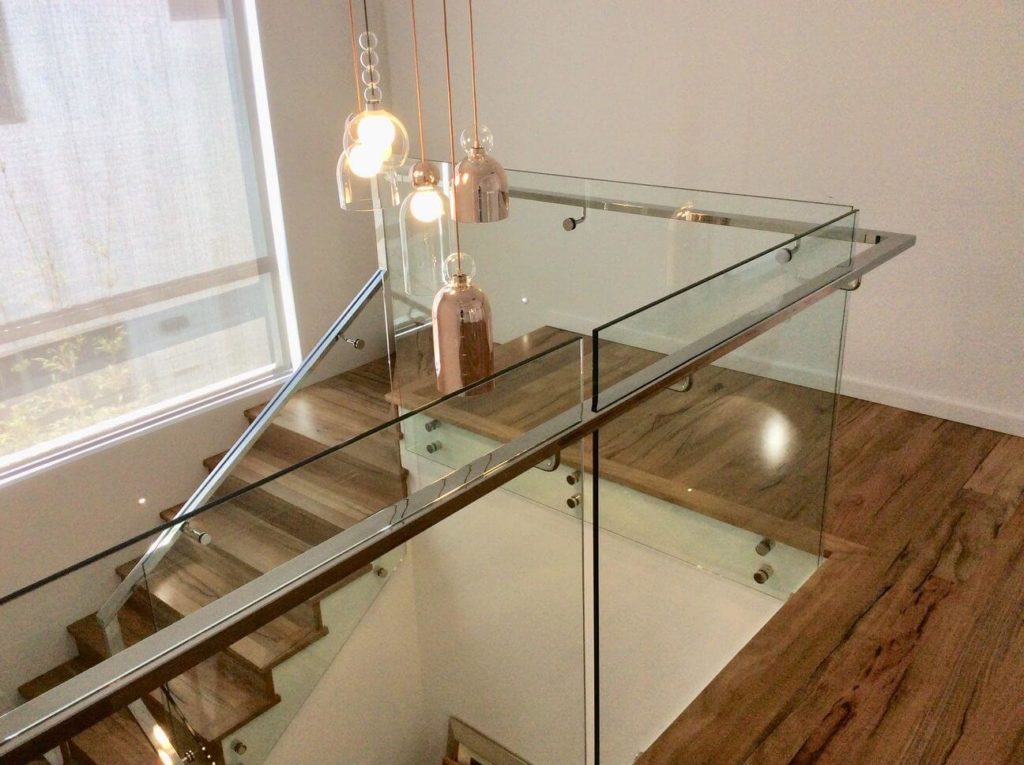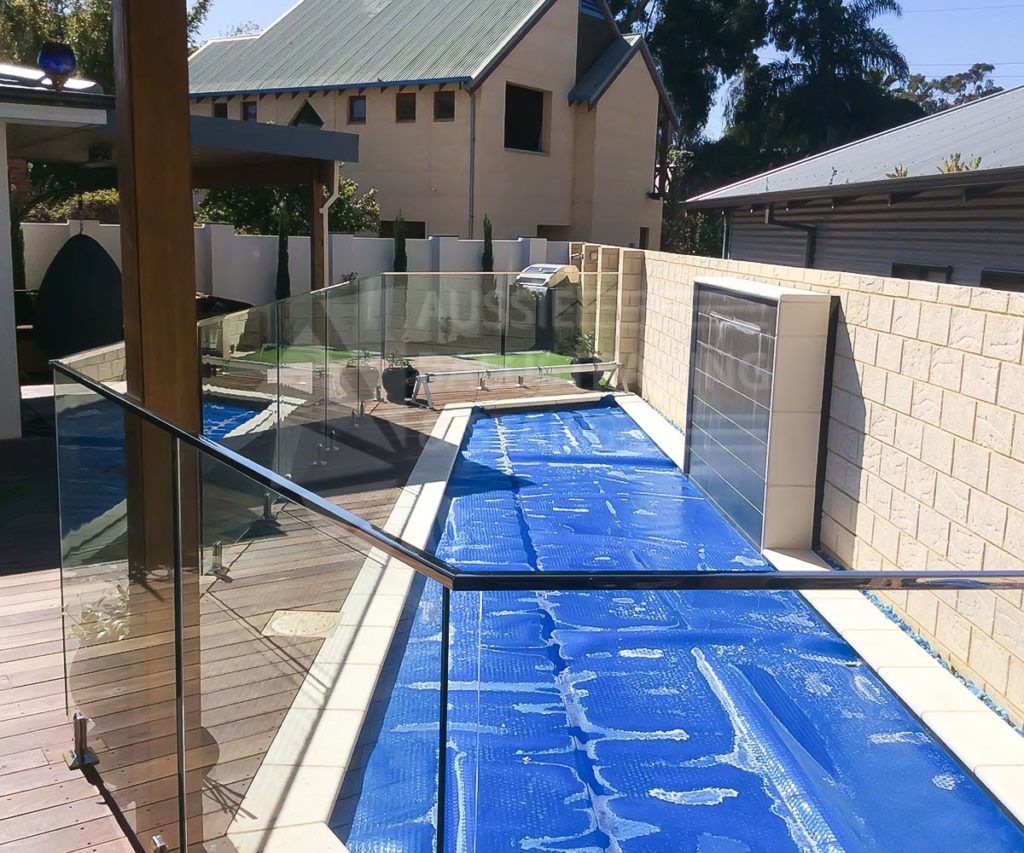Stainless steel has a variety of types and uses, which is why it is one of the most popular materials in construction to-date. Beyond acting as a reliable pillar for buildings, stainless steel profiles can also benefit the automotive industry and sterile environments like kitchens or hospitals.
The variations of stainless steel offer distinct properties that differ in tensile strength, melting point, oxidation resistance, and corrosion resistance. If you have a project coming up and need stainless steel in your plans, learning about the different types and their properties will help you pick the best choice for your needs.
Four Different Types of Stainless Steel
1. Ferritic Stainless Steel
Ferritic stainless steel follows a corresponding microstructure to carbon and low alloy steels. It is made with chromium and a partial amount of carbon, which is why ferritic steel cannot harden using heat treatment and requires no welding. The lack of toughness of the ferritic steel limits its use to thinner sections, though many steelworkers can still use it for a wide range of applications due to the material’s resistance to stress corrosion cracking.
It is best used in the following:
- Automotive industry
- Kitchen appliances
- Water tanks, solar water heaters, microwave oven elements
2. Austenitic Stainless Steel
One of the most popular stainless steel among the bunch, the austenitic stainless steel has Nitrogen, Nickel, and Manganese in its microstructure. It works the same way as regular steel, though you can subject it to higher temperatures to enhance its formability and weldability.
The advantage of austenitic stainless steel is its flexibility, wherein you can add Nitrogen, Chromium, and Molybdenum to boost up the material’s resistance to corrosion. That’s highly recommended as it is vulnerable to corrosion cracking when put under stress.
On another note, it does not harden with heat, though it has the unique ability to retain a favourable amount of robustness and ductility.
It is best used in the following:
- Automobile parts
- Food and beverage equipment
- Storage vessels and pipes for corrosive liquids
- Industrial equipment
- Architecture
- Dishwasher and washing machines
3. Martensitic Stainless Steel
Martensitic stainless steel contains Chromium with higher levels of Carbon, which is similar to the microstructure of ferritic stainless steel. This makes it easy to temper and harden, though the drawback is that it has low formability and weldability.
With that in mind, the martensitic stainless steel will benefit steelworkers that require a moderate level of corrosion resistance and high strength such as products that need sheet and plate forms.
It is best used in the following:
- Surgical equipment
- Dental equipment
- Wires, screws, springs, blades, and cutting tools
- Hydroelectric engines
- Sporting equipment industry
4. Duplex Stainless Steel
Duplex stainless steel is one of the strongest types on the list due to its combination of austenitic and ferritic in its microstructure. That means it combines the best traits of its parents, though it proves to be better in other ways as it boasts of resistance to stress corrosion cracking.
There are two types to choose from – lean duplex and super duplex stainless steel. The former has a lower resistance to corrosion as it matches only the strength of austenitic stainless steel. Meanwhile, the latter can offer enhanced resistance and strength against corrosion.
With that in mind, steelworkers can benefit from its flexibility as duplex stainless steel are weldable.
It is best used in the following:
- Chemical processing, transport, and storage
- Oil, gas exploration, and offshore rigs
- Oil and gas refining
- Pollution control equipment
- Pulp and paper manufacturing
In Conclusion:
Stainless steel is an integral part of various industrial types of equipment, making it one of the most crucial material in construction and building. With its flexibility, durability, and weldability, you can expect the different types to cater to different needs. With that in mind, the guide above should help you choose the best variances for your project.
If you are looking for stainless steel balustrading, staircases or handrails in Western Australia, get in touch with Aussie Balustrading and Stairs today! We’re more than happy to help.



